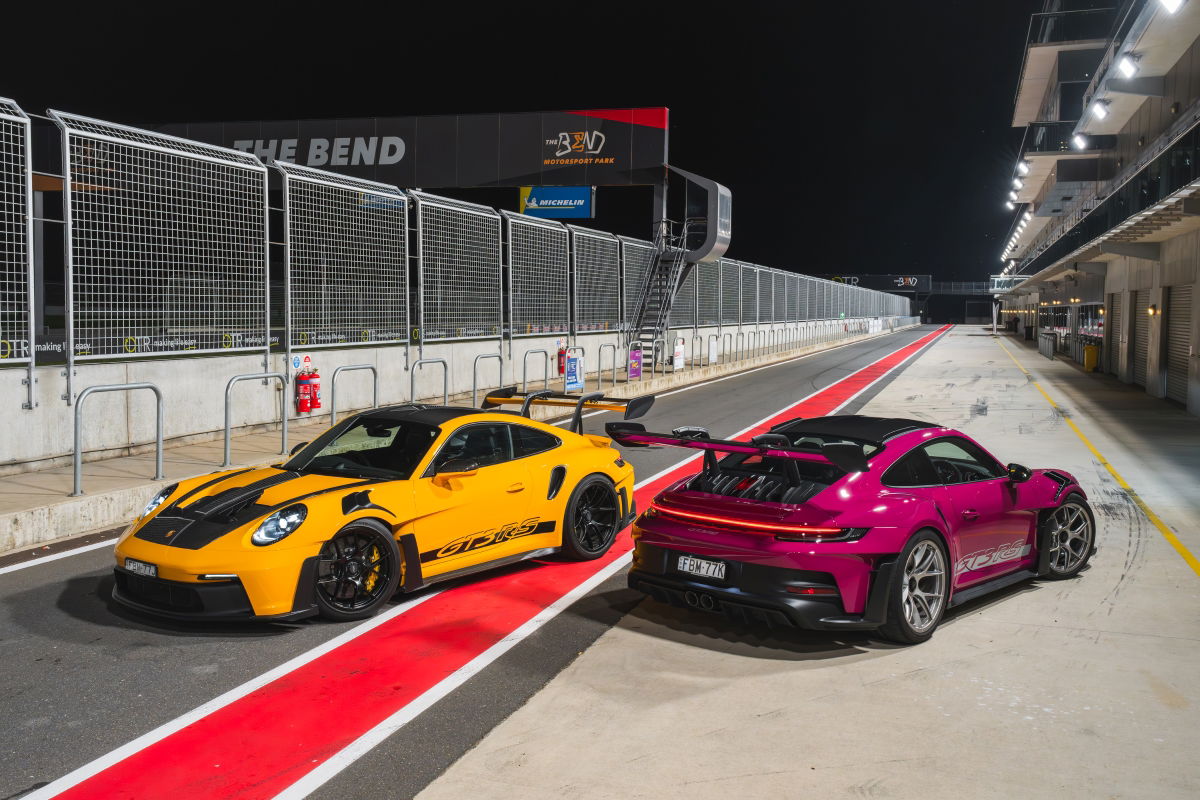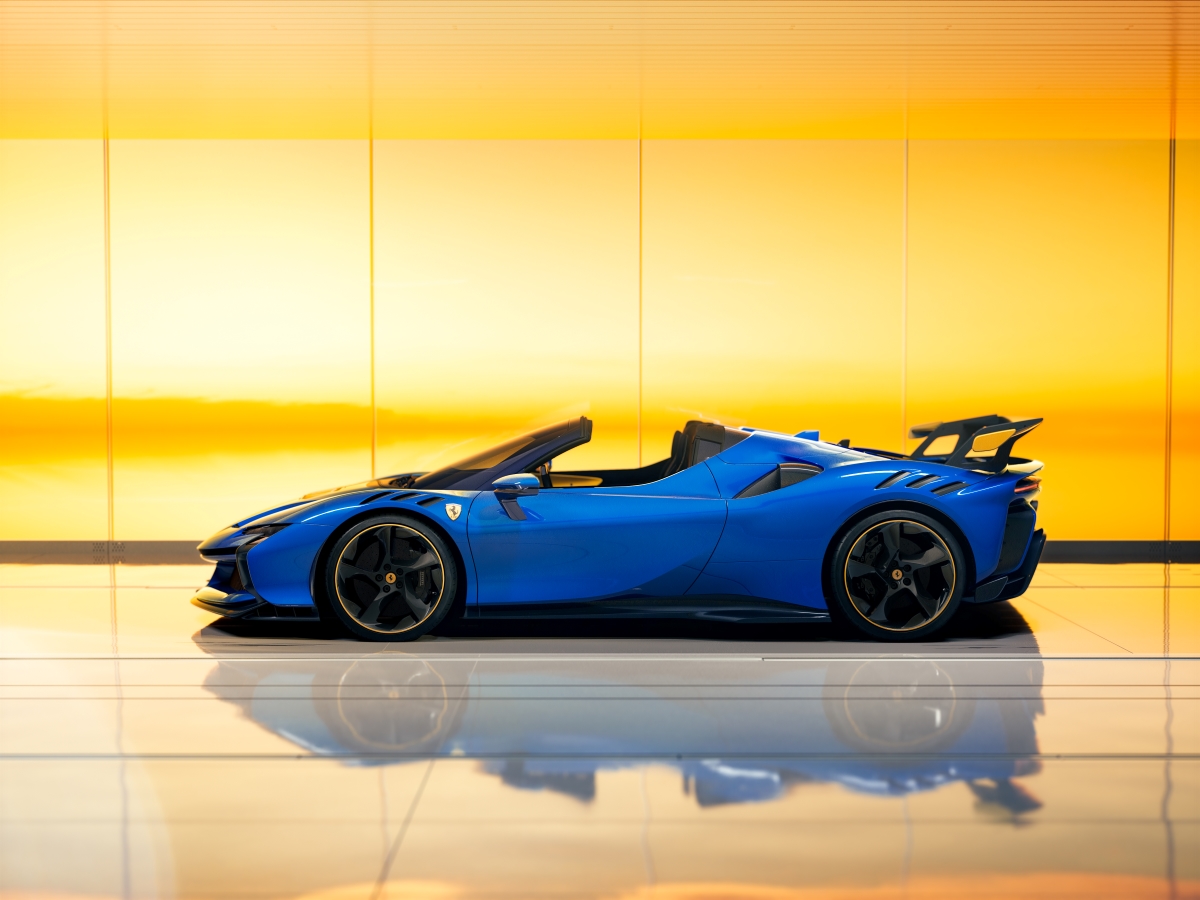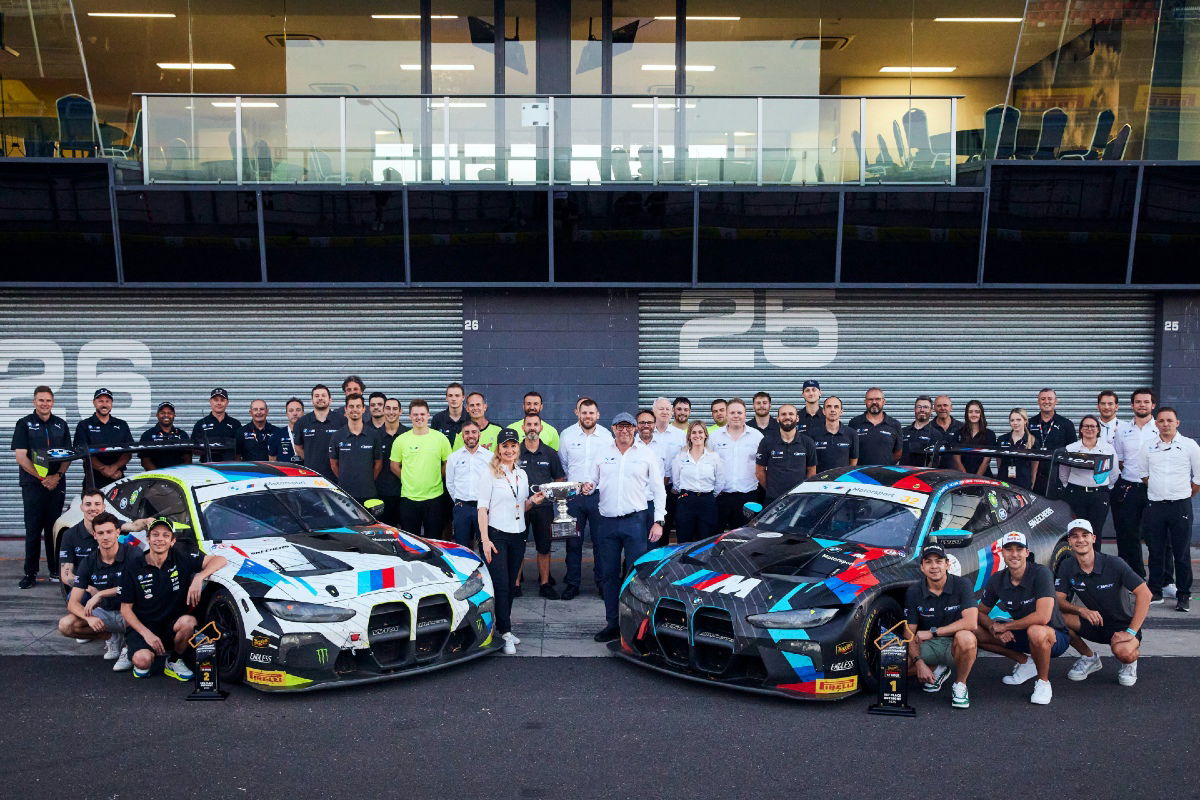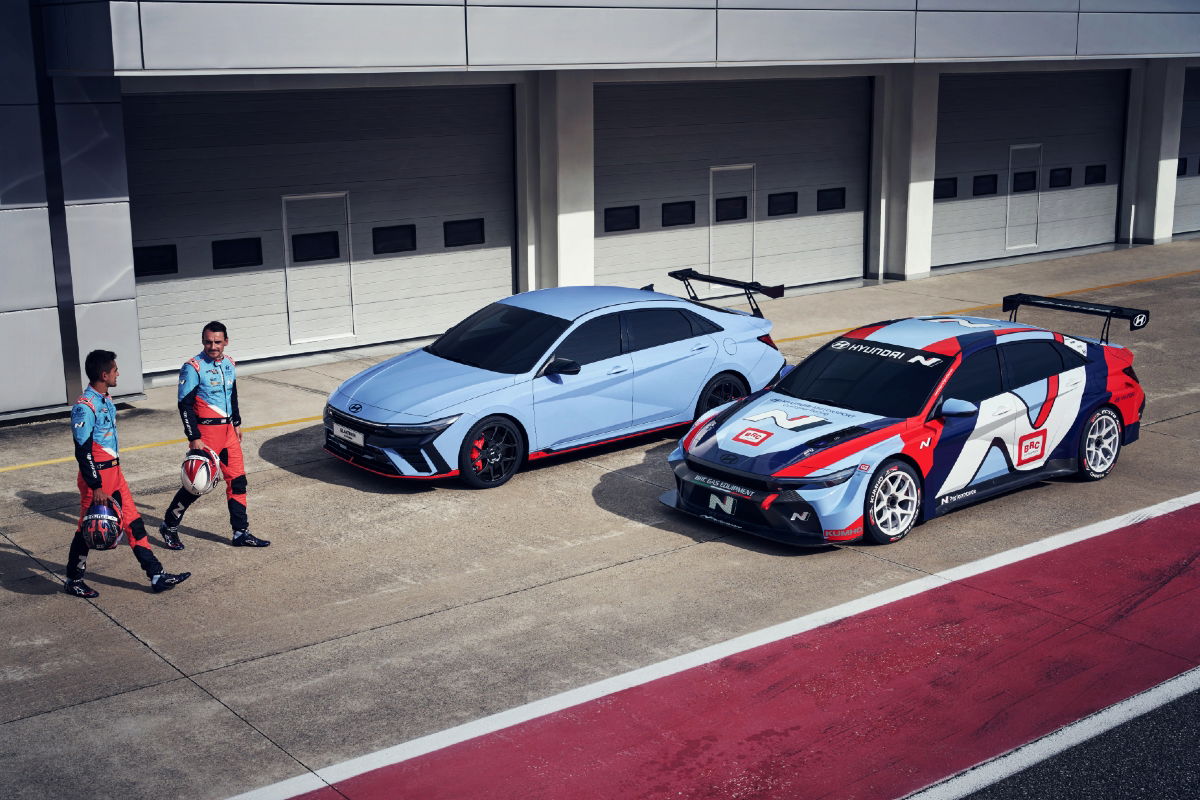
Earlier this week we took a look at the symbiotic relationship between car makers and motorsport, proving that the ‘win on Sunday, sell on Monday’ adage still applies.
So what brands believe in this idea the most?
Well, we’ve taken a look across the automotive and racing worlds to find the biggest crossovers. While some brand’s have a rich history there recent efforts have been lacking (think Alfa Romeo and Renault), while there are others that sound racier than they are (brands like Lamborghini and Koenigsegg).
Of course there are dozens of brands and we’ve made life difficult for ourselves in choosing only five, but that’s the fun of the challenge. We’ll give some honourable mentions at the conclusion of the story, but here are our five picks for the brands that have invested in motorsport with both the most effort and the biggest return.
1. Ford

F1, Hypercar, WRC, NASCAR, Supercars, Dakar, NHRA, GT3, GT4, Baja and on and on… Ford has its roots deep into motorsport around the world on both the circuit and off-road. It has both a long history and vibrant present (and future) in racing. Under current CEO Jim Farley, who is an avid amateur racer, Ford has an ethos of ‘no boring cars’ and is using racing to help ramp up the excitement.
Models like the Mustang, Ranger Raptor and F-150 Raptor all have direct motorsport connections, while special editions like the Mustang GTD and Bronco Desert Racer blur the lines between ‘street legal’ and ‘race-ready.’
2. Porsche

From its earliest days the German brand has used motorsport to improve its sports cars, in particular the 911. The 911 GT3 road car is literally built in the same factory as the 911 GT3 Cup car – that’s how intertwined Porsche is between road and race.
Over the years there have been several road cars directly influenced by Porsche’s racing activities, including the 911 GT3, 911 GT2 and, of course, the 911 GT1.
More recently we’ve seen the likes of the 911 GT3 RS, which is clearly influenced by Porsche’s growing audience of race-experienced buyers who want a track-capable road car that can really push the limits in terms of technology. Then there’s the likes of the 911 Dakar that draw a direct connection to the brand’s racing past.
3. Ferrari

Over the years Ferrari has made several threats to leave Formula 1 – but they were always empty threats as the two sides have a symbiotic relationship. Ferrari is the only team to enter every season of F1 and without the mystic that comes from racing, would the brand’s cars be as in-demand as they are? It’s an impossible question to answer because it’s a scenario we’re almost certainly never going to see.
While the Ferrari-F1 connection is deep, a large part of the brand’s foundations was actually built on sports car racing, with models like the 166MM, 250 GTO and 250 LM that had success on the track and helped create a demand for the company’s road cars. These days it has managed to blur the line between road and race cars with its XX program and range of amateur racing cars including the 296 GT3 and Challenge series models.
Ferrari and racing is proof the philosophy of ‘win on Sunday, sell on Monday’ will never die.
4. Toyota

Often derided for their ‘boring cars’ Toyota has always been invested in motorsport and the introduction of Gazoo Racing has accelerated that over the past decade. The Japanese brand has a long history in rallying, its domestic racing scene and had forays into Indycar, but in the past 20 years it has expanded into prototype sports car racing and NASCAR that has really changed its image.
In the US market, racing in NASCAR, which has such a deep connection to the American car culture, has helped the brand to be seen as a de facto locally brand and that has helped drive sales.
The Gazoo Racing (or simply GR) has become a major tentpole for the company, with models like the GR 86 and GR Corolla becoming icons in a short amount of time. Toyota even turned back the clock to its Group A World Rally days with the creation of the GR Yaris, effectively a homologation special to provide a competitive three-door hatchback body for its latest rally weapon.
In 2025 Toyota is back in F1 with GR teaming up with Haas specifically as a means to train engineers and understand what technology could influence future road cars. And in 2026 it will join the Supercars grid with the GR Supra, as the brand uses motorsport to continue to both change its image.
5. BMW

The final spot on this list was a tough one to choose but we’ve opted for the Bavarian brand, in part because of its amazing history in racing but also because of the clear connection between its current racing programs and the showroom.
While the company’s heritage goes way back into the racing past, BMW’s M Division built its reputation during the Group A motorsport era. The E30 M3 was a winner on the track in touring car racing (both in Australia and around the world) and that drove demand for the road car.
Since then the M3/M4 has been linked to racing and across the years they’ve raced in the DTM, IMSA, the World Endurance Championship (WEC) and locally in Nation’s Cup and the Bathurst 12-hour (including winning last weekend).
These days it has an expansive motorsport program with its LMDh, GT3 and GT4 which helps keep the connection between road and track alive.
Honourable mentions

As we said at the start, restricting our list to just five was not easy, as there are so many brands that successfully use racing to improve their products and sell more cars. So here are some of those that just missed the cut, starting with General Motors, which has current racing programs for both Cadillac and Chevrolet across a variety of categories – including WEC, IMSA, NASCAR and soon F1.
Mercedes-Benz have plenty of past and present racing activities to leverage its road car range, from F1 to GT3, helping AMG grow into a major brand in its own right.
While sometimes overlooked thanks to Max Verstappen’s profile, Honda is currently in the middle of a very successful F1 run, on top of its efforts in Indycar and Japanese domestic racing. But all that pales when compared to its success on two-wheels, both on and off the track.
McLaren has long been an on-track rival to Ferrari but decided to leverage its F1 image to become a supercar brand. The company’s F1 success helped it immediately achieve status amongst the most discerning car buyers.
While its racing history is limited, Hyundai has spent the past decade using WRC and TCR racing to build up its all-new N Performance sub-brand of hot hatches. It’s worked well, helping to attract a loyal band of enthusiasts that had probably never considered a Hyundai as a ‘performance brand.’
Finally we have to give a shout-out to Alpine, if for no other reason than the French performance brand, owned by Renault, at one stage offered more variety with its race cars than road cars. Seriously, in 2024 it was racing in F1 and WEC with only a single road car model on sale in selected markets. And in ‘25 it has added MotoGP sponsorship to its portfolio. It’s a huge investment and underlines just how critical Alpine management sees racing to giving its road cars credibility and customer appeal.












Discussion about this post